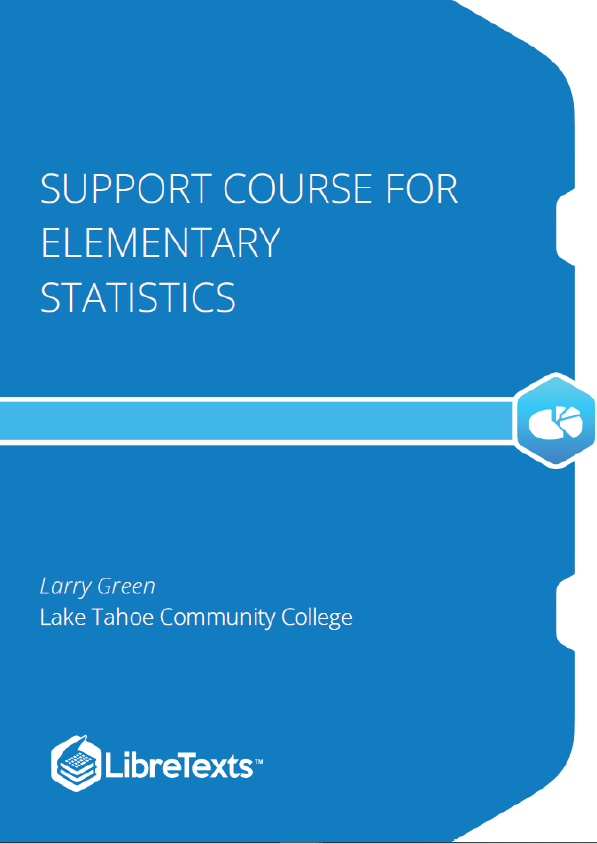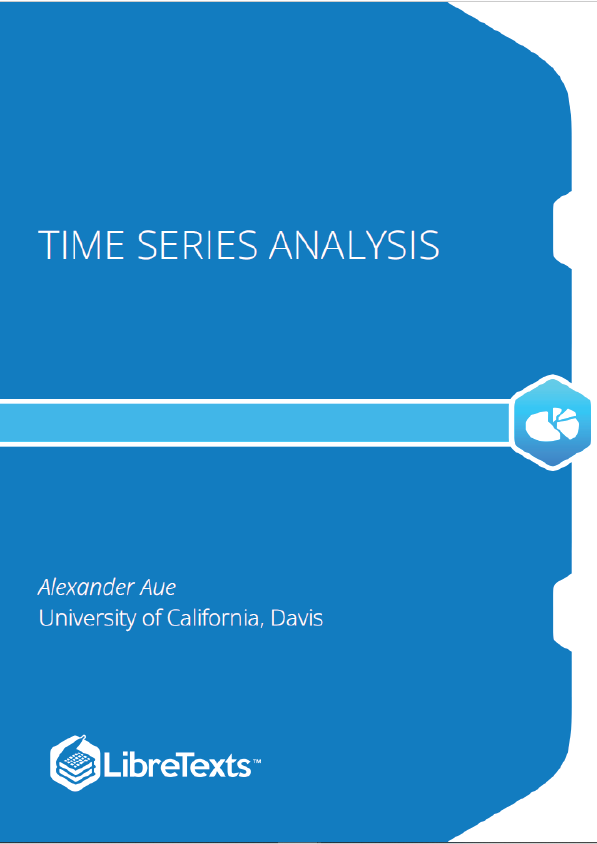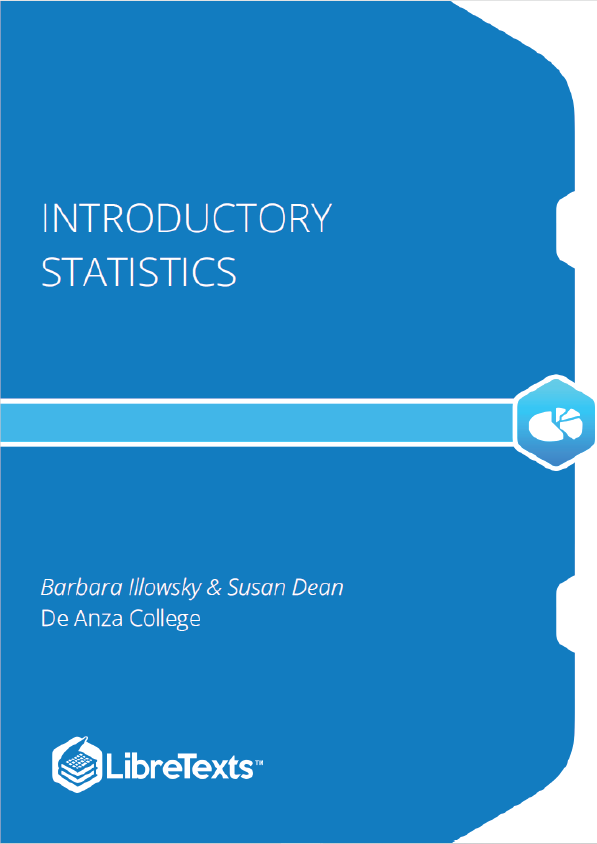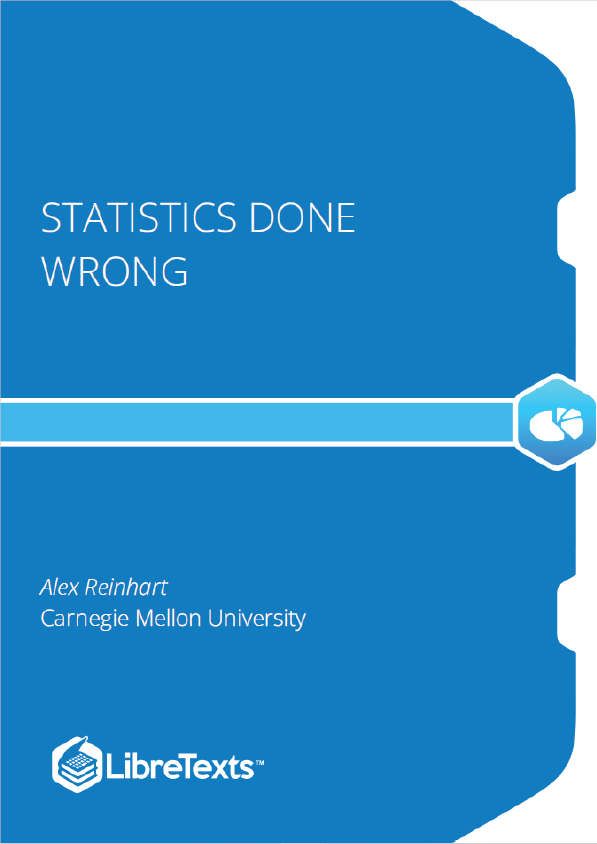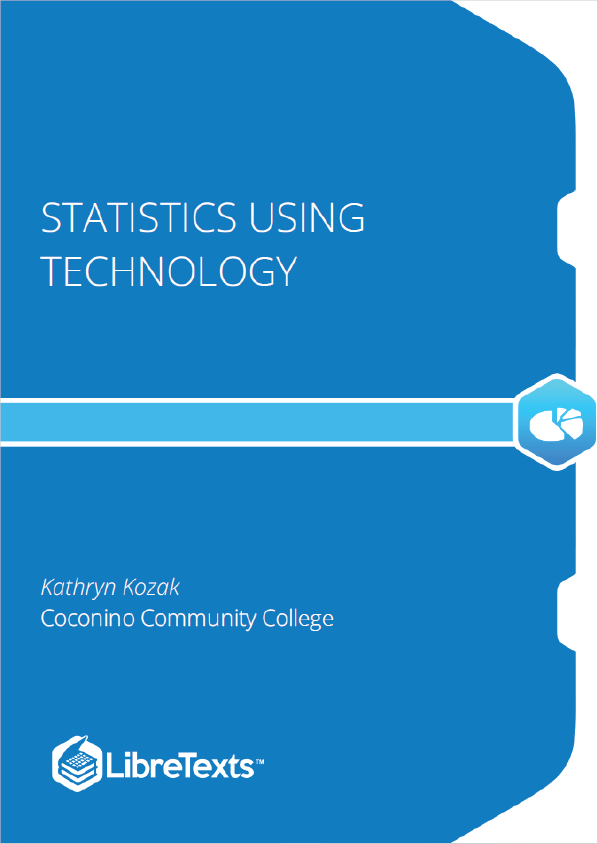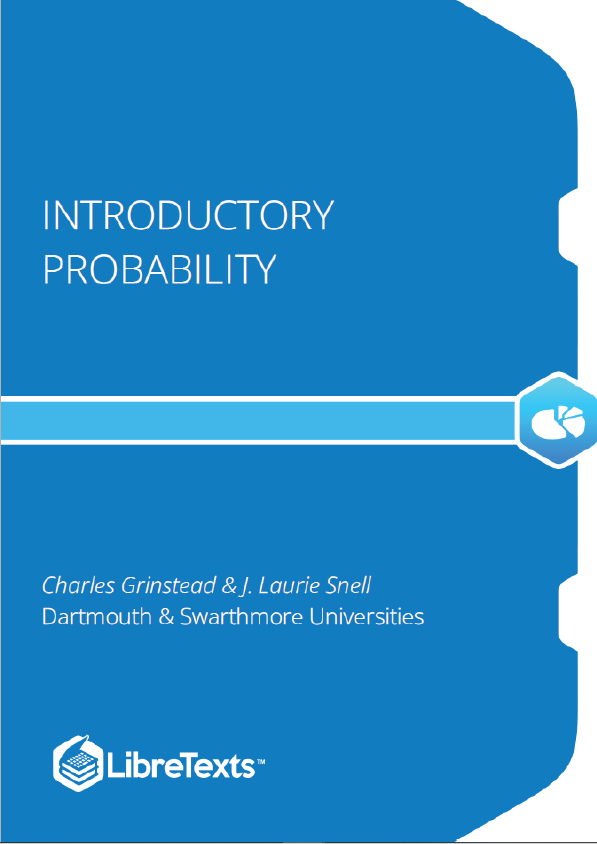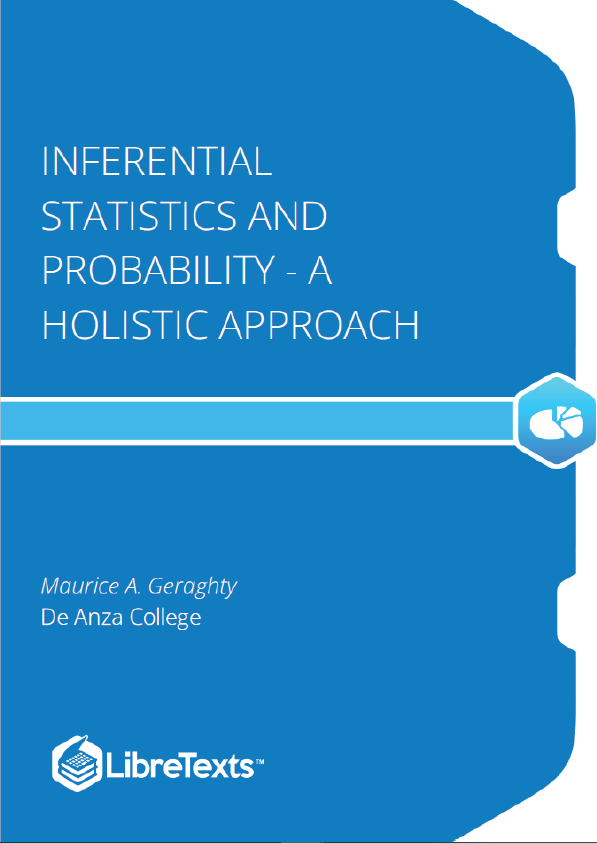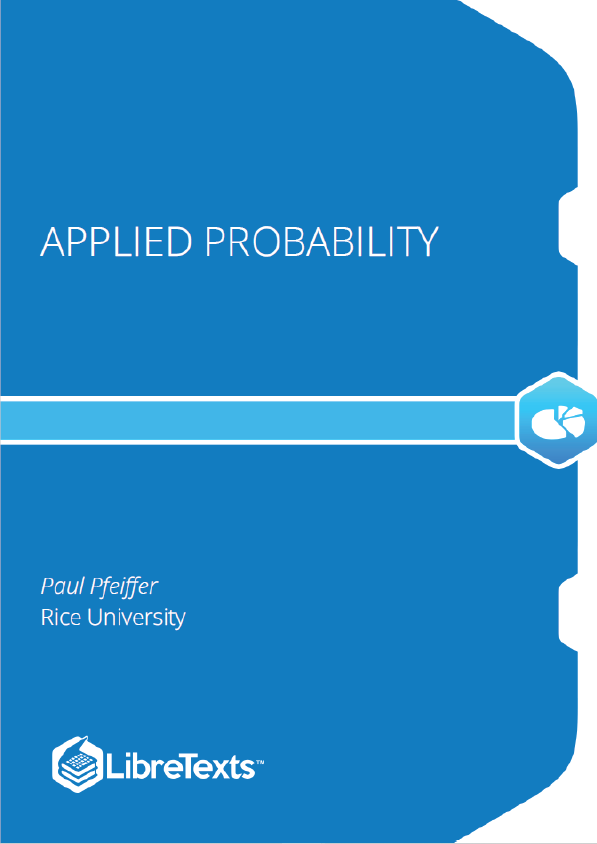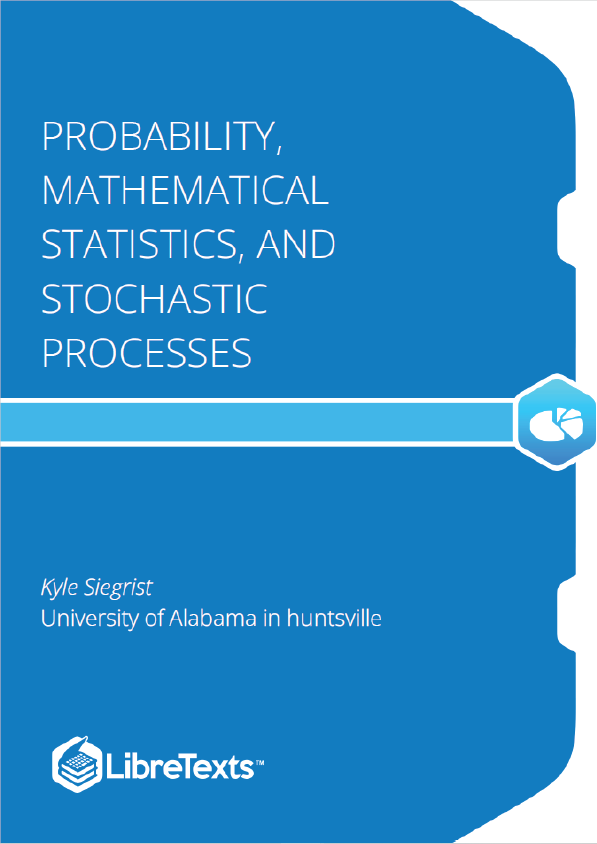In this section, we will go over techniques to compare two numbers. These numbers could be presented as fractions, decimals or percents and may not be in the same form. For example, when we look at a histogram, we can compute the fraction of the group that occurs the most frequently. We might be interested in whether that fraction is greater than 25% of the population. By the end of this section we will know how to make this comparison.
Comparing Two Fractions
Whether you like fractions or not, they come up frequently in statistics. For example, a probability is defined as the number of ways a sought after event can occur over the total number of possible outcomes. It is commonly asked to compare two such probabilities to see if they are equal, and if not, which is larger. There are two main approaches to comparing fractions.
Approach 1: Change the fractions to equivalent fractions with a common denominator and then compare the numerators
The procedure of approach 1 is to first find the common denominator and then multiply the numerator and the denominator by the same whole number to make the denominators common.
Approach 2: Use a calculator or computer to convert the fractions to decimals
and then compare the decimals If it is easy to build up the fractions so that we have a common denominator, then Approach 1 works well, but often the fractions are not simple, so it is easier to make use of the calculator or computer.
In this section, we will convert from decimals to percents and back. We will also start with a fraction and convert it to a decimal and a percent. In statistics we are often given a number as a percent and have to do calculations on it. To do so, we must first convert it to a percent. Also, the computer or calculator shows numbers as decimals, but for presentations, percents are friendlier. It is also much easier to compare decimals than fractions, thus converting to a decimal is helpful.
For example, we often want to see if a probability is greater than 5%. A computer will display the probability as a decimal such as 0.04836. To make the comparison we will first change it to a percent and then compare it to 5%.
Transforming a Decimal to a Percent
We have all heard of percents before. “You only have a 20% chance of winning the game”, “Just 38% of all Americans approve of Congress”, and “I am 95% confident that my answer is correct” are just a few of the countless examples of percents as they come up in statistics.
Transforming a Percent to a Decimal
To convert a decimal to a percent, we multiply the decimal by 100 which is equivalent to moving the decimal two places to the right. Not surprisingly, to convert a percent to a decimal, we do exactly the opposite. We divide the number by 100 which is equivalent to moving the decimal two places to the left.
